
Click below to see a photograph of some neat natural wetlands in Erie County. They are a bit different than the ones you would have seen in the site of Pittsburgh before it was built, because Erie County was affected by glaciers during the ice age and the soils, geology, and landforms are different there. The weather is also affected by nearby Lake Erie. However, this will still give you a view of what some sorts of natural wetlands in western Pennsylvania look like.
Yesterday I visited some neat wetlands with my friend Chris and several other great botanists/naturalists as well. As mentioned earlier, these wetlands are all highly influenced by what glaciers did in the area around 12,000 years ago and earlier. Glaciers came south as far as Moraine State Park north of Pittsburgh but did not affect Pittsburgh so wetlands to the south are a bit different (no bogs!).
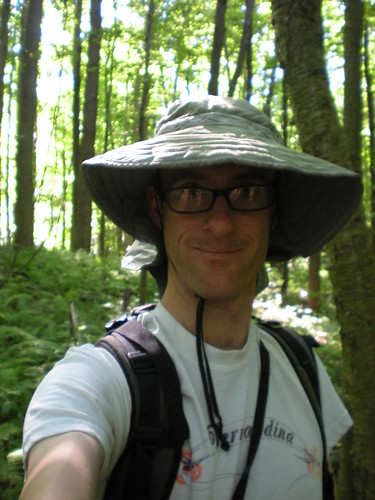
I have a huge sun hat because in the past most of my field work was in sunny coastal California. The hat was great in the swamps of Erie County also because it kept some of the bugs away.
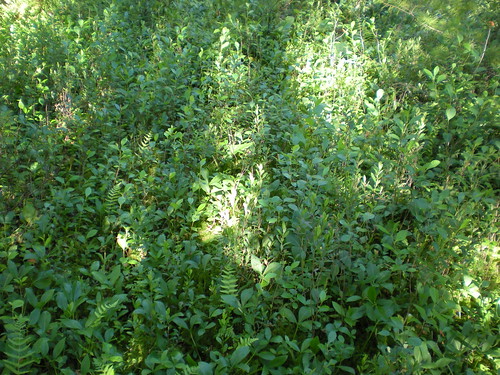
This wetland above is a bog. Bigs, which in this part of the world mainly occur in depressions called kettles left by retreating glaciers. A bog is fed only by water coming from rain or snowmelt that falls right into it. Since no water enters through groundwater or via creeks, few nutrients are available in these wetlands, and bogs become quite acidic due to decay of sphagnum moss and other vegetation. The acid keeps plant matter (and even animals that fall in) from decaying. Bogs take a lot of carbon (in the form of carbon dioxide) out of the atmosphere and bury it, offsetting carbon we release by burning oil. (in fact, oil comes from ancient wetlands where carbon was buried and turned into oil over millions of years).
Anyway, because bogs don't contain very many plant nutrients, plants in bogs need to find creative way to find these nutrients, such as nitrogen.
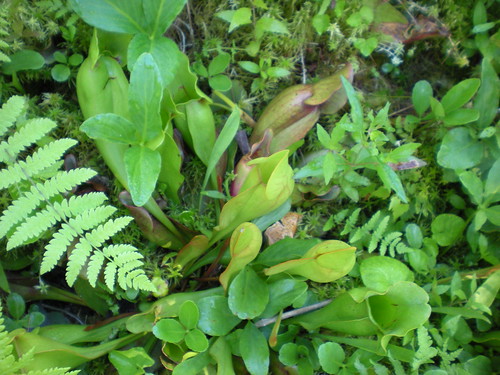
These carnivorous plants - pitcher plants - obtain their nutrients by eating insects.
Many wetlands in North America are wetlands created by mammals - but not humans. Beavers have been constructing wetlands and reducing flooding and droughts since long before humans started doing so.
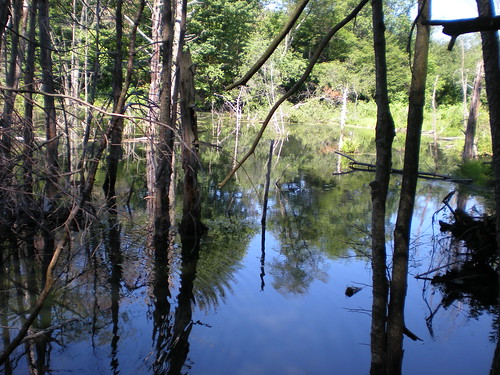
This is a beaver pond. Beavers undoubtedly built similar ones in the Schenley Park area (and likely even at the current site of Panther Hollow Lake) before Pittsburgh was developed. Beaver ponds result in trees being flooded and dying, which opens up habitat for a variety of other species. Over time, the beaver runs out of food and goes somewhere else, the lake silts up, the dam breaks, and the old pond turns into a beaver meadow. Eventually the trees come back, and then at some point, a beaver comes back as well and re-starts the cycle.
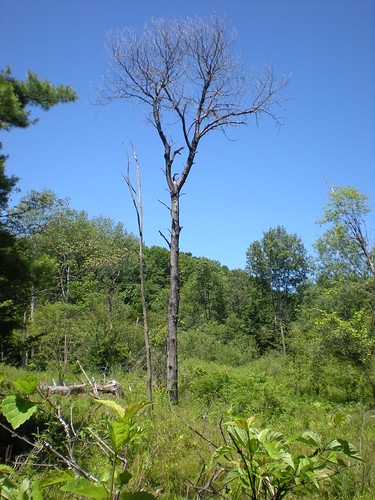
This area, near the beaver dam, contains a wetland known as a fen. Fens, unlike bogs, have groundwater and surface water flowing into them, so they have more nutrients available for plants than bogs do. However, they still have less nutrients available than freshwater marshes and other wetland types. The tree was killed by beavers, which are still active in this area.
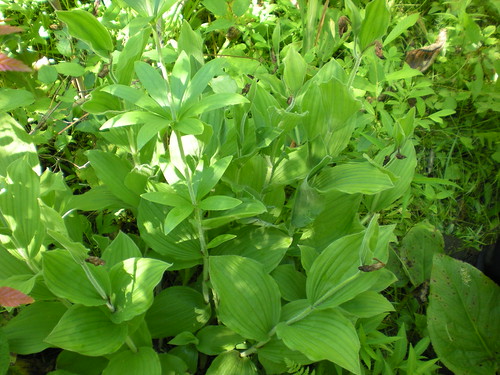
This fen had some neat plants in it including this species of lady slipper orchid, which is rare in Pennsylvania, and also some neat lilies...
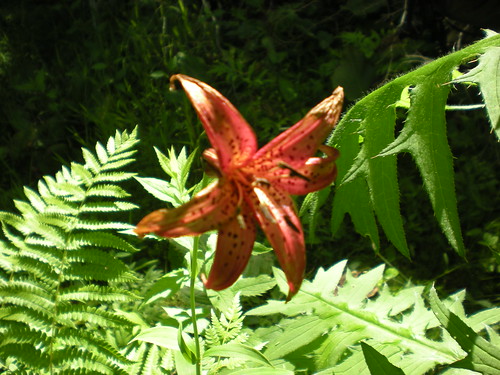
(sorry for the blurry picture!)
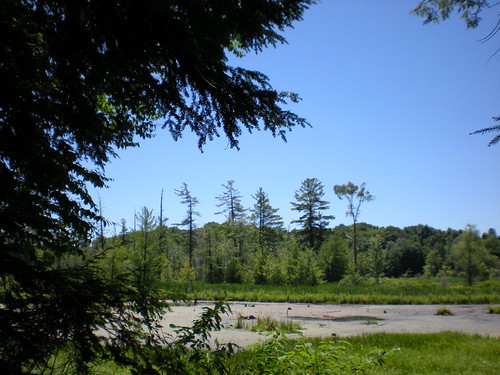
This marsh is a freshwater marsh, where there are copious nutrients available. There are lots of cattails here, which thrive in nutrient-rich areas. There were also lots of signs of beaver activity. Freshwater marshes are great natural filters and water retention areas. Also notice the beautiful white pines growing on the edge of the wetland.

Nearby, in a hemlock swamp, I found a mature hemlock tree growing right out of a stump of an older tree. In wet areas like swamps, it is hard for trees to grow in the soggy soil so they often grow out of fallen trees instead. These are called 'nurse logs' (or nurse stumps in this case, I suppose) and they stick around in swamps for quite some time after falling, usually as mossy mounds that can be walked on when the rest of the swamp is too soggy. By the way, to an ecologist, a swamp is simply a wetland supporting dense tree cover. Contrast this to the marsh mentioned before, which had no trees growing out of it. In this part of the world, swamps tend to have less/shallower water than marshes.

Finally, here is Pleasant Lake, the most pristine glacial lake in Pennsylvania. Although a lake is not exactly a wetland, you can see in the photo that the lake is surrounded by marshy and swampy areas. Keeping a natural shoreline is important to allowing a lake to function ecologically, and also provides habitat for fish and birds. When the shoreline of a lake is disturbed these functions no longer can take place. Panther Hollow Lake is not a natural lake (though it may have been the site of beaver ponds in the past) but it could still function like a natural lake if it had a natural shoreline. The concrete that is currently present prevents this from happening.

No comments:
Post a Comment